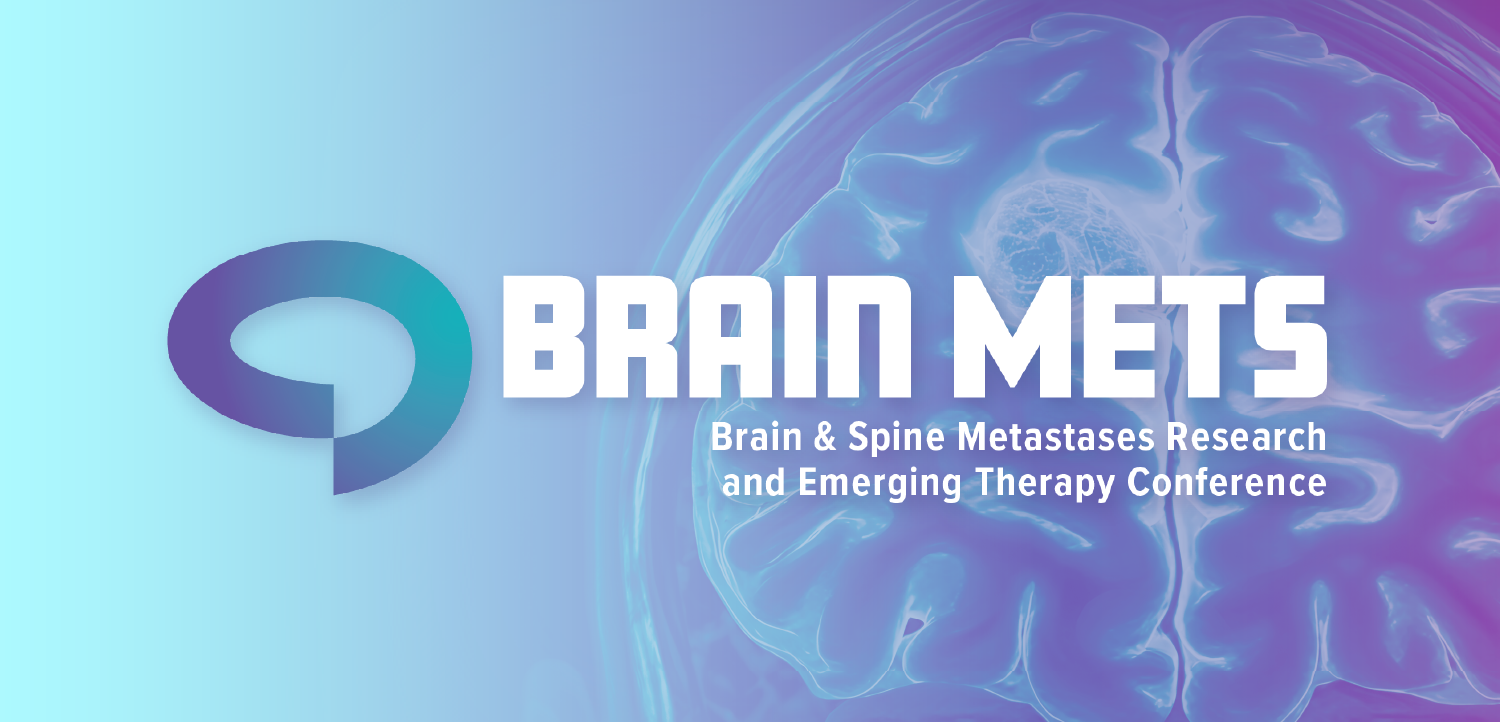
How Penn Medicine researchers found a way to detect heart attacks more quickly
Researchers developed an algorithm that reduces the time to confirm or rule out a heart attack. Two team leaders talk about the work and lessons they learned.
When emergency room physicians suspect a patient could be having a heart attack, they perform blood tests to identify the presence of a protein called troponin.
The protein is found in the heart muscle’s cells, and if troponin is appearing in the blood, it could be an indicator of a heart attack.
But the tests have some drawbacks, says Keith Hemmert, MD, the medical director of the emergency department at the Hospital of the University of Pennsylvania. They don’t always identify less severe heart attacks, and those tests can take several hours.
“As a result, we were very conservative about it, and tended to keep a lot of those people in the hospital for further and advanced cardiac testing,” Hemmert says.
Researchers at the University of Pennsylvania Health System have developed an algorithm for highly sensitive tests to detect troponin. So far, the system has proven to be successful in identifying patients with heart attacks more quickly, and those who aren’t having a heart attack.
In either case, patients are being identified for treatment earlier, or they are being discharged sooner, Penn researchers say.
“The patients who are not having cardiac events and who are safe to be discharged from the hospital get out of the hospital sooner, which is good for those patients,” Hemmert says. “And it's good because it lets us take care of other folks who need the resources of the emergency department. And it turns out that even the people who need to stay in the hospital spend less time in the emergency department.”
Patients who were admitted to the hospital spent 71 minutes less in the emergency department, while those who were discharged were sent home 24 minutes earlier.
The algorithm exists in Penn Medicine’s electronic health record. Penn uses the Epic electronic health record and researchers created a care path to set up repeat tests for troponin automatically.
Penn Medicine has also found that patients who are being discharged sooner aren’t returning to the hospital because of a problem that wasn’t detected.
“We're not missing any cardiac events with this system, and that's absolutely critical from our standpoint,” Hemmert says.
Penn Medicine researchers point out that they followed work done elsewhere, particularly at the University of Texas Southwestern.
“I really don’t want to give anybody the sense that we did something totally novel here,” Hemmert says. “We built on the work of others.”
But Penn’s team of researchers succeeded in addressing workflow challenges, including having the algorithm set up automatically in the electronic health record. Penn Medicine’s informatics team worked hard to make it easy for the doctors to use. Penn’s team also worked to educate clinicians on the new test.
Srinath Adusumalli, MD, the chief health information officer at Penn Medicine, says the team worked to ensure the new testing system “will be beneficial for our patients, and also usable for our clinical teams.”
“Our clinicians were able to become accustomed to utilization and interpretation of the new test quite quickly, which from what we understand from other organizations took a good amount of time,” Adusumalli says.
But Penn Medicine researchers spent a great deal of time developing the system.
The work began in 2017, and the algorithm was implemented in 2022, Adusumalli says.
Dozens of Penn Medicine staff worked on the project, and as many as 100 people were involved at some point. “It’s a huge team effort,” Hemmert says.
Since repeated tests are necessary to determine if a patient may have suffered a heart attack, Hemmert says part of the benefit of the system is that it automates repeated tests “to remove it from the doctor’s cognitive load.”
“We designed the system in the electronic health record to make it easy and intuitive for doctors to do the right thing and have the right thing happen in the electronic health record,” Hemmert says. “And I think that there was a lot of work behind the scenes to bring that to life, but it was a very worthwhile investment.”
Hemmert welcomes the ability of the algorithm to perform more sensitive tests to get more people the care they need more quickly, and to send patients home who don’t need to be admitted.
After all, patients don’t want to be in the emergency room.
“If you're in the ER, it's the worst day of your life,” Hemmert says. “If we know you're safe, let's get you home and get you out of there. And let me get to somebody else in the waiting room who's having the worst day of their life, and do what I can for them. So that's the lens that I look at it through. It just lets us do more good for more patients.”
Other hospitals and health systems could utilize the algorithm in their emergency department, Adusumalli says.
“They could also take very similar approaches, whether they're a large hospital or a small hospital,” he says.







































